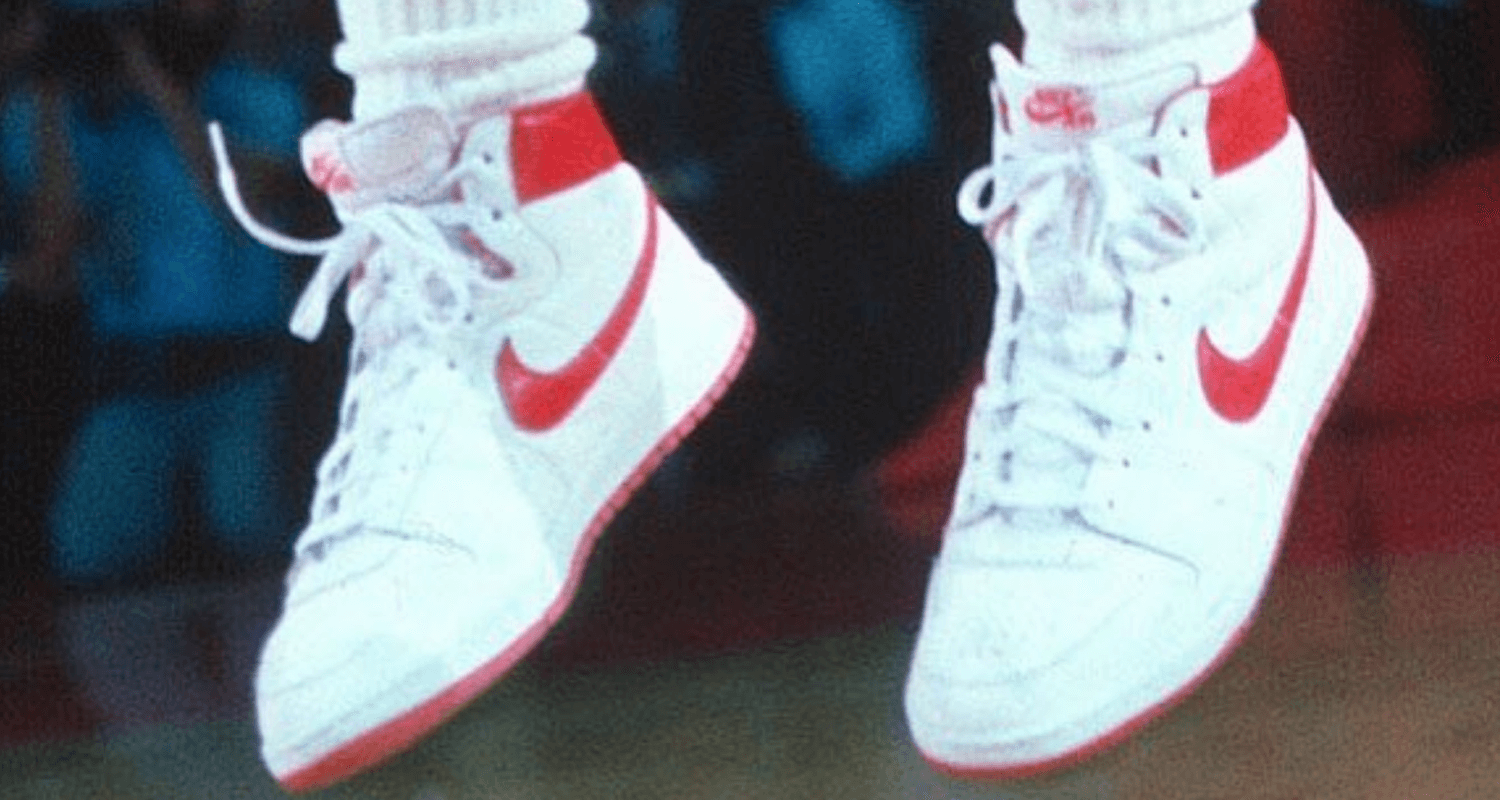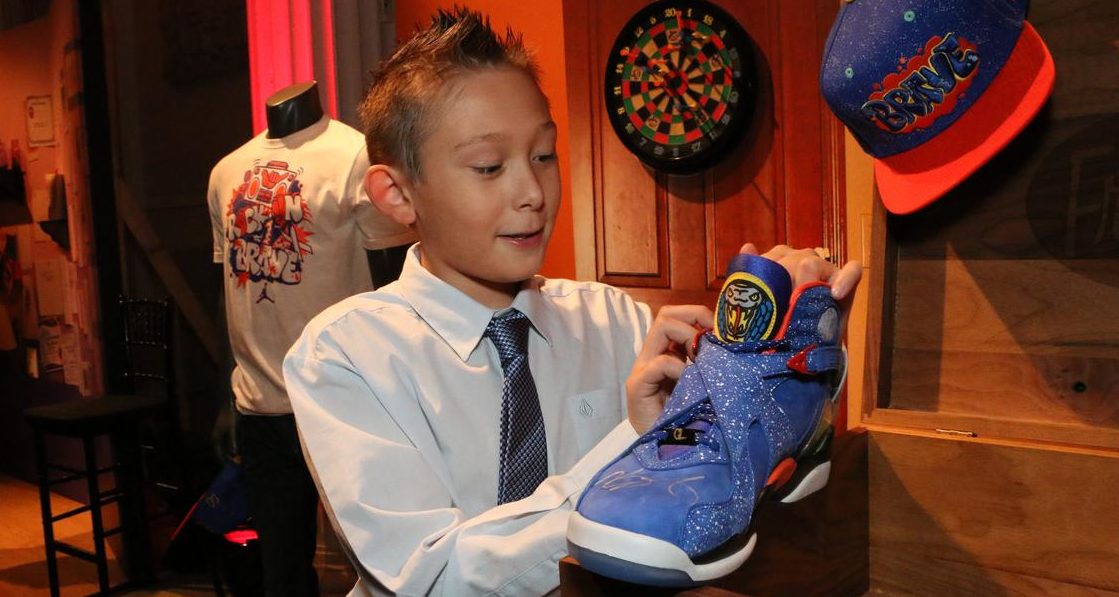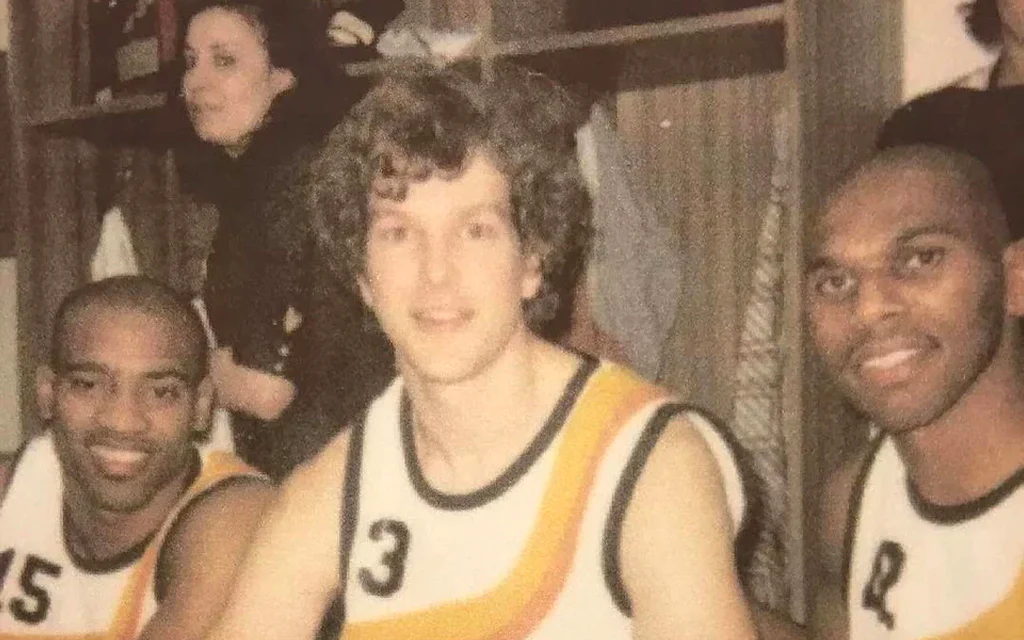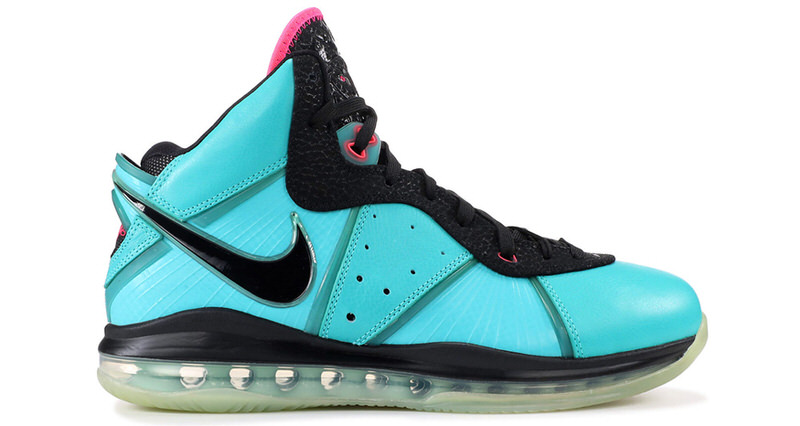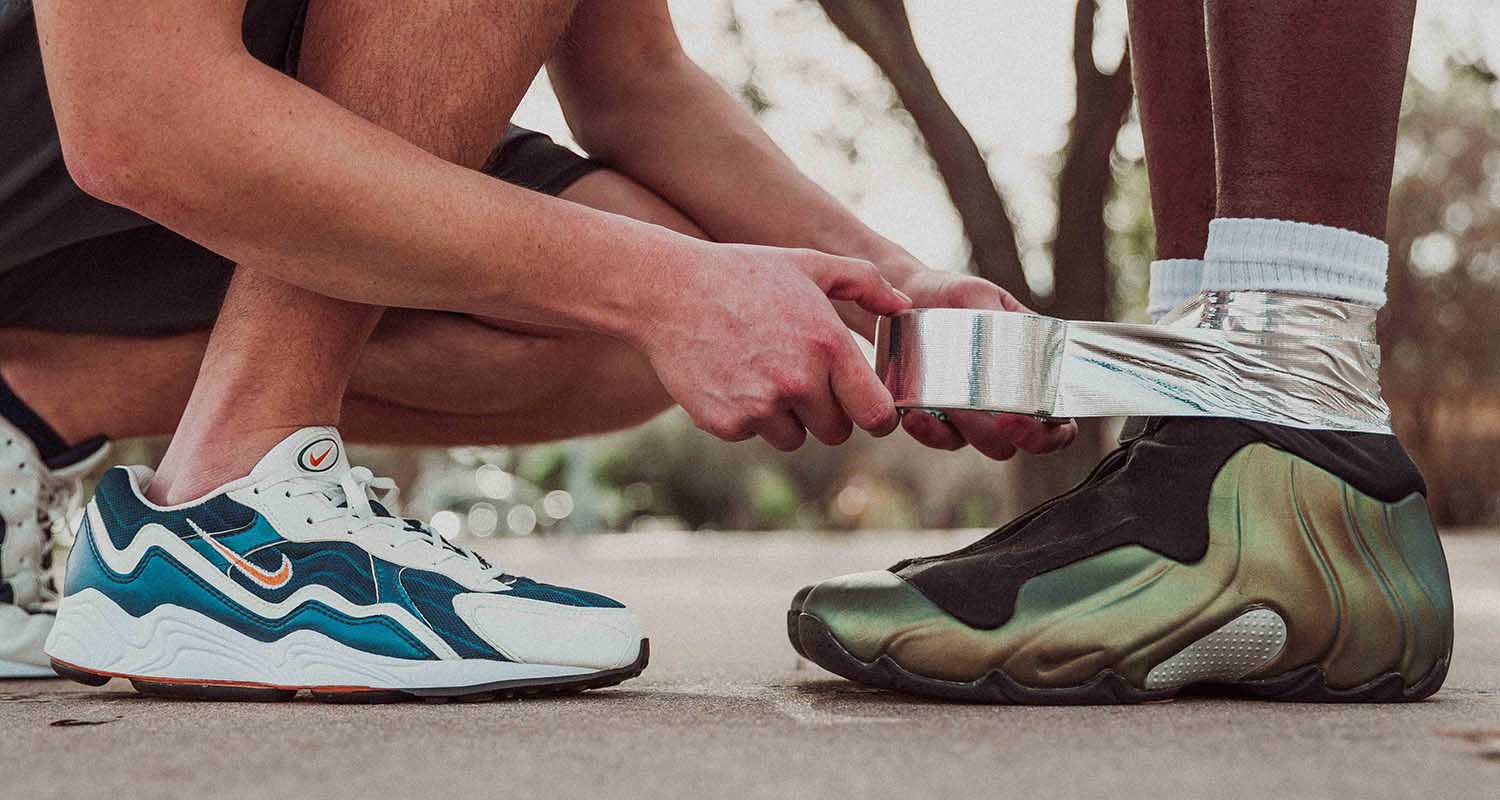This post may contain affiliate links. Please read our disclosure policy.
Today’s Throwback Thursday celebrates when a young Michael Jordan made his NBA debut in what would become the successor to his signature line and a controversial kick still to this day: the Nike Airship.
Worn in a league-appropriate White/Red makeup, the of the times design propelled Jordan before the Air nickname to 16 points, six rebounds and seven assists.
Most importantly, they won. Beating the Bullets in Chicago, it’s tough to tell if The Windy City had any idea of the star they landed.
Just the same, the brand in Beaverton and MJ’s agent David Falk had lofty expectations on how Mike could move the ‘signature athlete’ from tennis to basketball and also from white to black. While they would accomplish all that and then some, it’s hard to assume that even in their wildest imaginations the Air Jordan empire would get as big as it’s become.
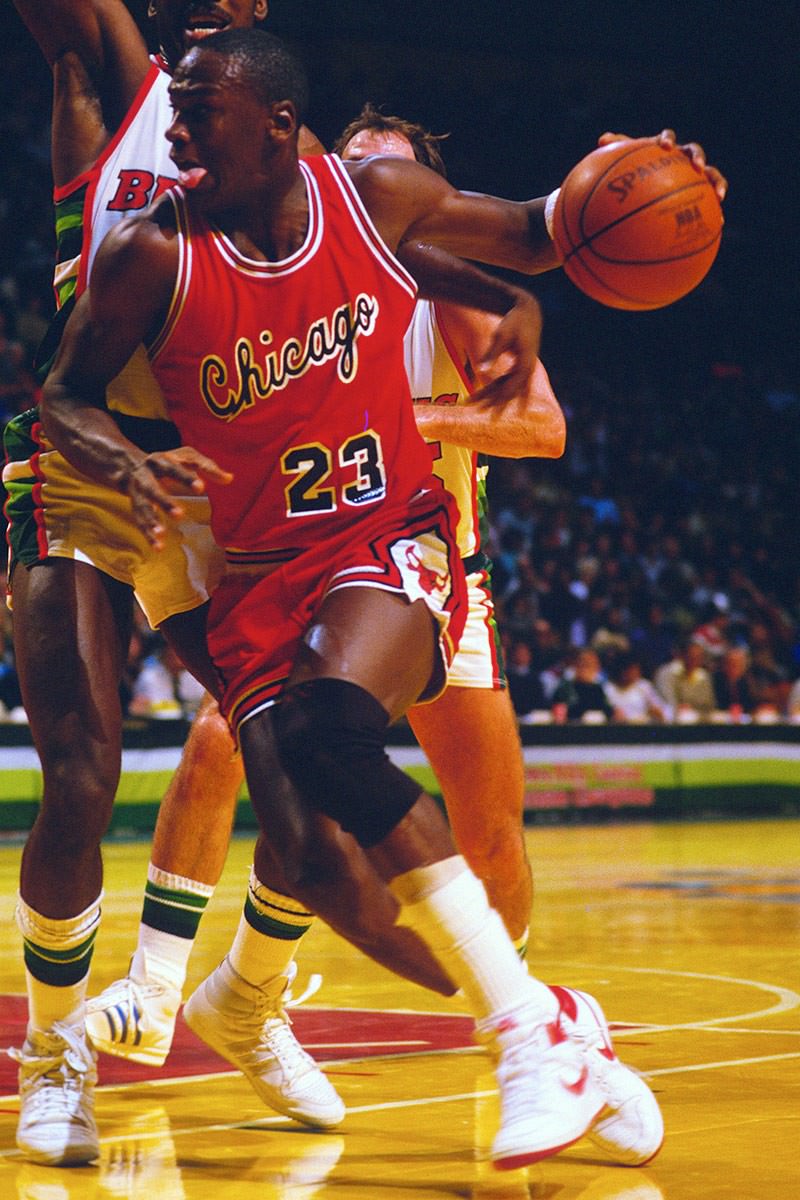
Slightly shorter in height and thus slightly stockier in frame, the Airship summoned many of the strengths seen in its successor — the Air Jordan 1.
Leather construction appeared sturdy, a nylon tongue soft and a perforated toe box ready to vent. Technical similarities to the AJ1 make sense as they share a common designer — the great Bruce Kilgore, who designed the Air Force 1 and assisted Peter Moore on Mike’s first model.
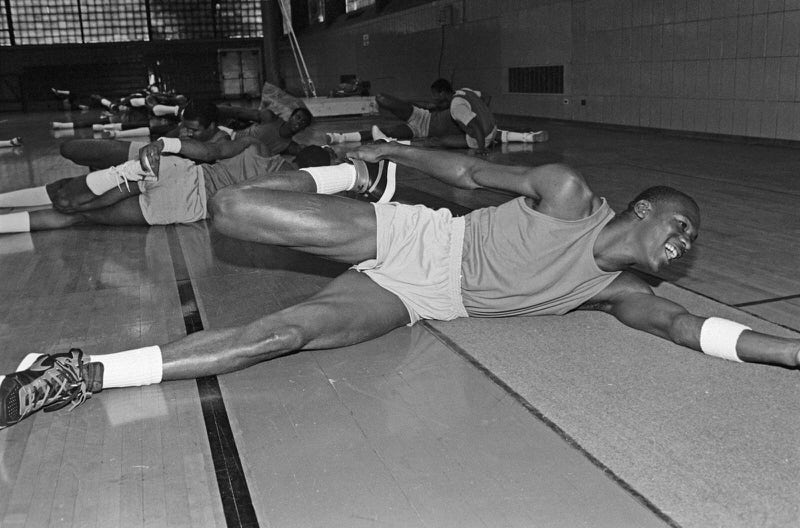
More importantly, it would don the famous Black/Red colorway that the NBA would ban, creating marketing buzz for the Air Jordan 1 in the same motif once ready for retail.
Most known on Mike, the Air Ship was also worn at the amateur level by then-Arizona stars Sean Elliott and Steve Kerr.
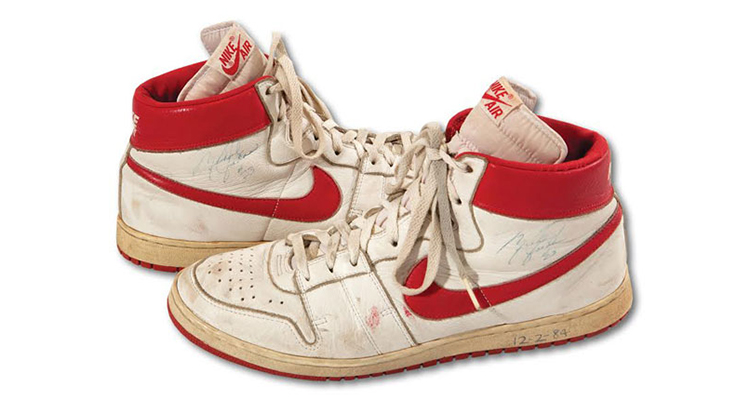
While the model has never released in retro form, a game-worn pair of Mike’s once sold for $71k.
Would you like to see the Air Ship return? Recent word suggests it finally will.
